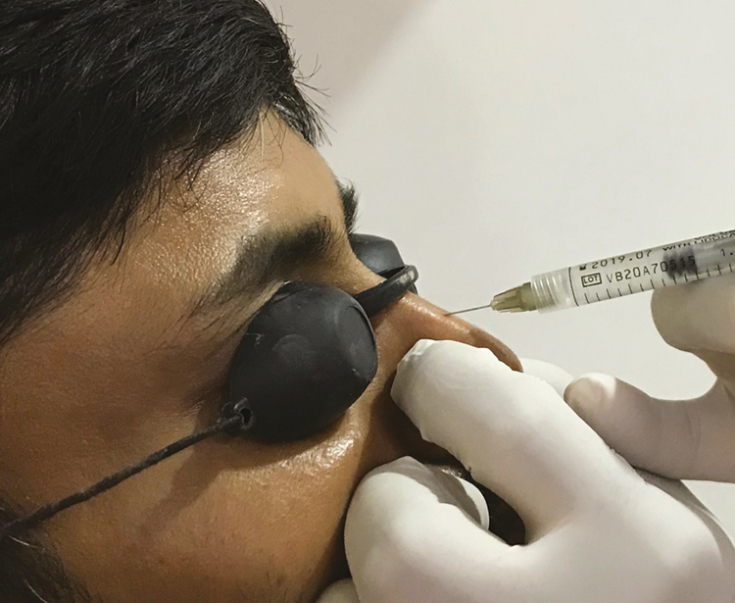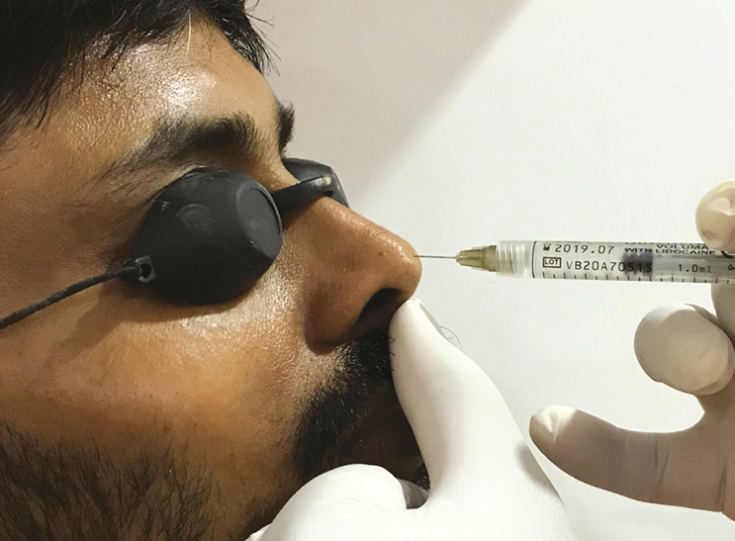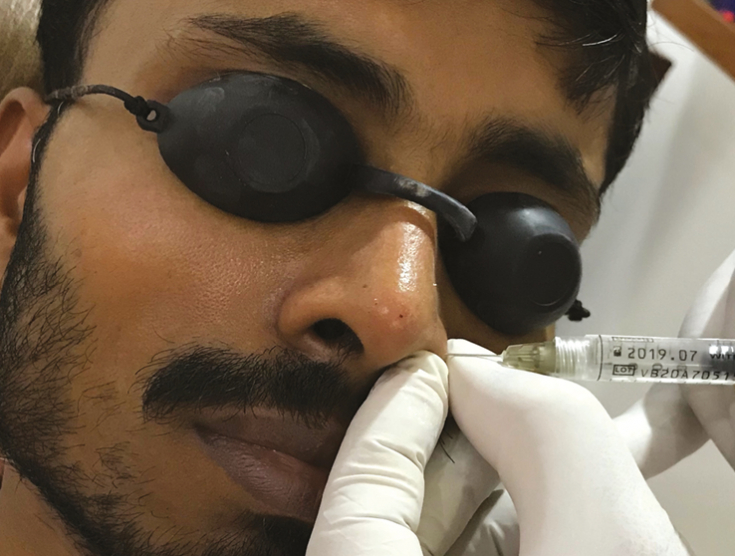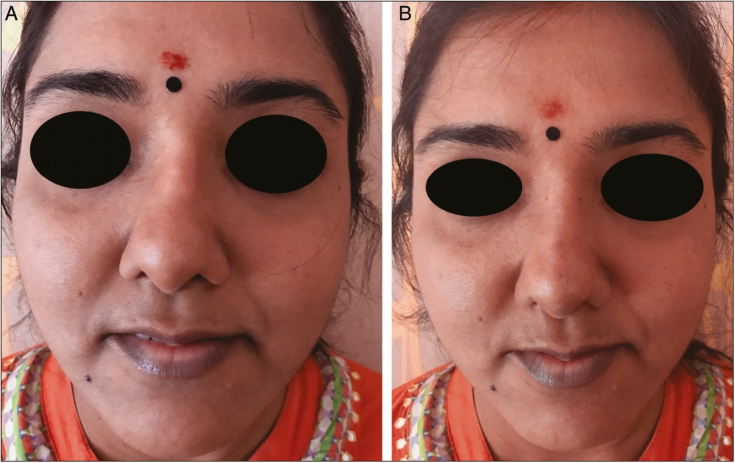Nose – an important component of the aesthetics of the face, the work with which is carried out as part of a comprehensive facial rejuvenation. Hyaluronic acid nose fillers provide instant results with minimal or no downtime.
In this article, estet-portal.com Dr. Sukhbir Singh shares useful information and practical recommendations to improve the results of injection rhinoplasty and minimize the complications associated with this procedure.
Indications for nose correction with fillers
The most common indication for injection rhinoplasty is the correction of the back of the nose, in second and third place – correction of the tip and wings of the nose, respectively. Patient satisfaction with the results of non-surgical rhinoplasty, when performed correctly, is very high.
Follow us on Instagram!
Hyaluronic acid is excellent for reshaping the nose of patients for whom surgery is contraindicated or not suitable for other reasons. Also, HA fillers are used to eliminate minor defects after surgical rhinoplasty.
In the process of introducing fillers, care must be taken to ensure maximum accuracy of the injection of the drug. Of course, knowledge of the anatomy of the nose – a mandatory condition, without which it is impossible to proceed with such procedures.
The most common indication for injection rhinoplasty is the correction of the back of the nose, in second and third place – correction of the tip and wings of the nose, respectively.
Practical Tips for Improving Injection Rhinoplasty Outcomes
After a preliminary consultation and obtaining the consent of the patient, it is necessary to take pictures of the target area before the introduction of fillers (front, side, bottom view).
Then, it is necessary to mark the deformities and injection points of the filler, and then apply a topical anesthetic containing lidocaine and prilocaine to the treated area. After 45 minutes, you can start injecting the drug.
Nose bridge
To correct the bridge of the nose, the drug is usually injected at 2 or 3 points, using a needle placed at a 45-degree angle to the bridge of the nose (Fig. 1). The filler is injected supraperiosteally in small boluses after pre-aspiration.
The author recommends injecting the drug in an amount of less than 0.02 ml per point and carefully modeling the filler immediately after injections. If necessary, you can enter additional amounts of the drug.

Fig. 1: Technique and needle insertion angle for dorsum correction
Nosetip
Most often, nose tip correction is done to:
• raise the lowered tip of the nose;
• make the tip of the nose more pronounced.
To insert the filler into the tip of the nose, the needle is placed directly on this structure, at an angle of 45 degrees to the axis of the lips. The drug is injected at the intradermal and subdermal levels.

Fig. 2: technique and needle insertion angle for nose tip correction
Nose wings
Reshaping the alae or leveling the height of the alae is often the goal of injecting alae fillers. In this case, the needle is placed directly on the wing of the nose to be corrected at an angle of 45 degrees, and the filler is injected intradermally.

Fig. 3: technique and angle of insertion of the needle in the correction of the wings of the nose
Rules for safe nose correction with fillers
In order to reduce the risk of complications during injection rhinoplasty with HA fillers, the following rules must be observed:
• perform aspiration test before correction;
• administer very small boluses of the drug;
• well versed in the anatomy of the nose;
• avoid overcorrecting;
• have hyaluronidase available in case of adverse events;
• after injections, it is good to examine the patient's skin, especially for blanching;
• refrain from massaging the treated area for at least 3–4 days.
After the procedure, the patient is photographed again. After making sure that the patient is satisfied with the effect, the doctor gives post-procedure recommendations and appoints an appointment in 3 weeks, during which, if necessary, a second correction will be carried out.
Injectable rhinoplasty: important success rules to follow
Results
HA fillers provide immediate results for injectable rhinoplasty; recovery period is minimal or non-existent (see Figure 4).

Fig. 4: (A) before and (B) after the procedure for correcting the deformity of the right wall and bridge of the nose with HA fillers
Injection rhinoplasty with GK fillers – An effective non-surgical method for contouring and reshaping the nose. However, the author reminds that this procedure is associated with such serious risks as vascular embolism, tissue necrosis, loss of vision and infections, therefore, caution must be exercised during its implementation.
Adapted from Singh S. Practical tips and techniques for injection rhinoplasty. J Cutan Aesthet Surg 2019;12:60-2







Add a comment